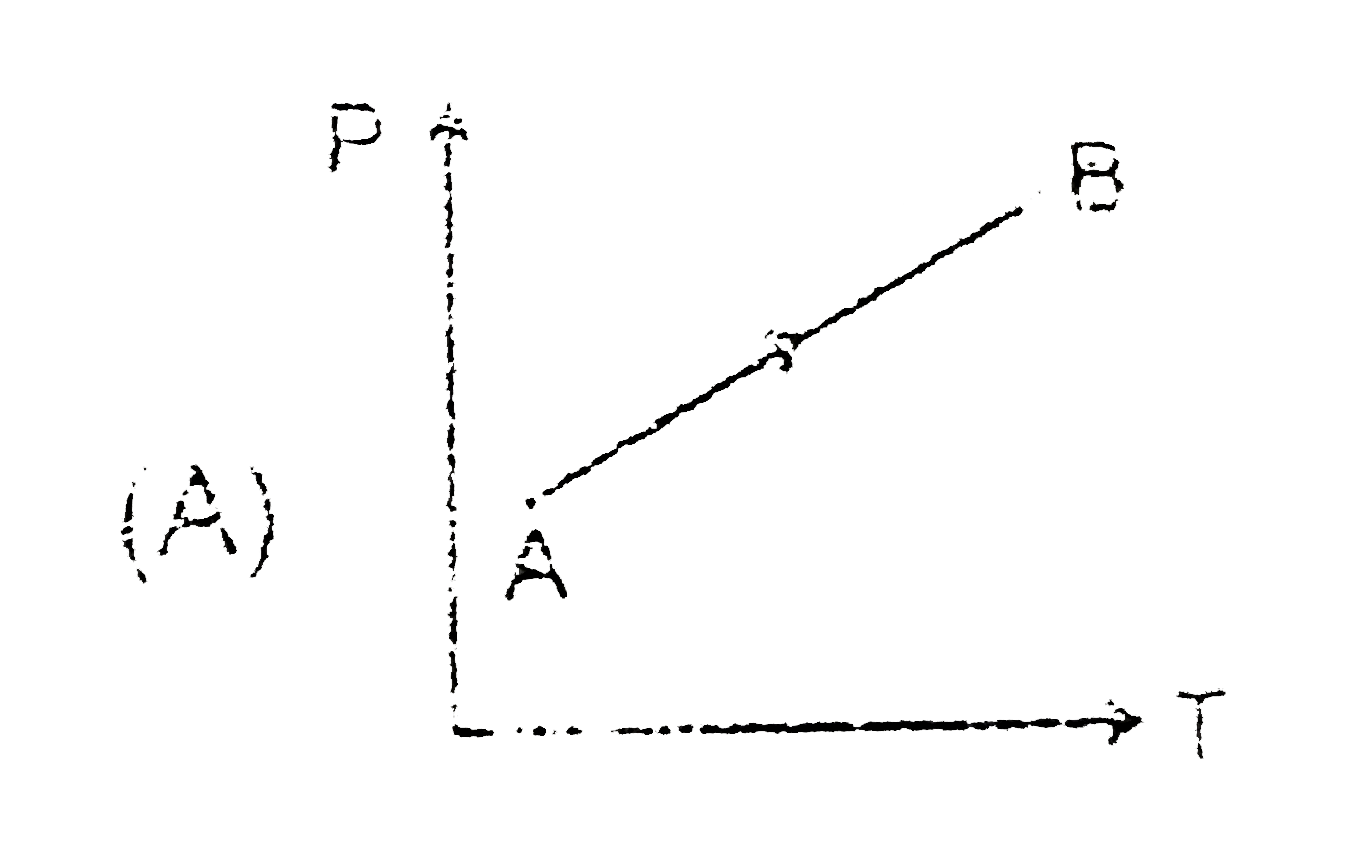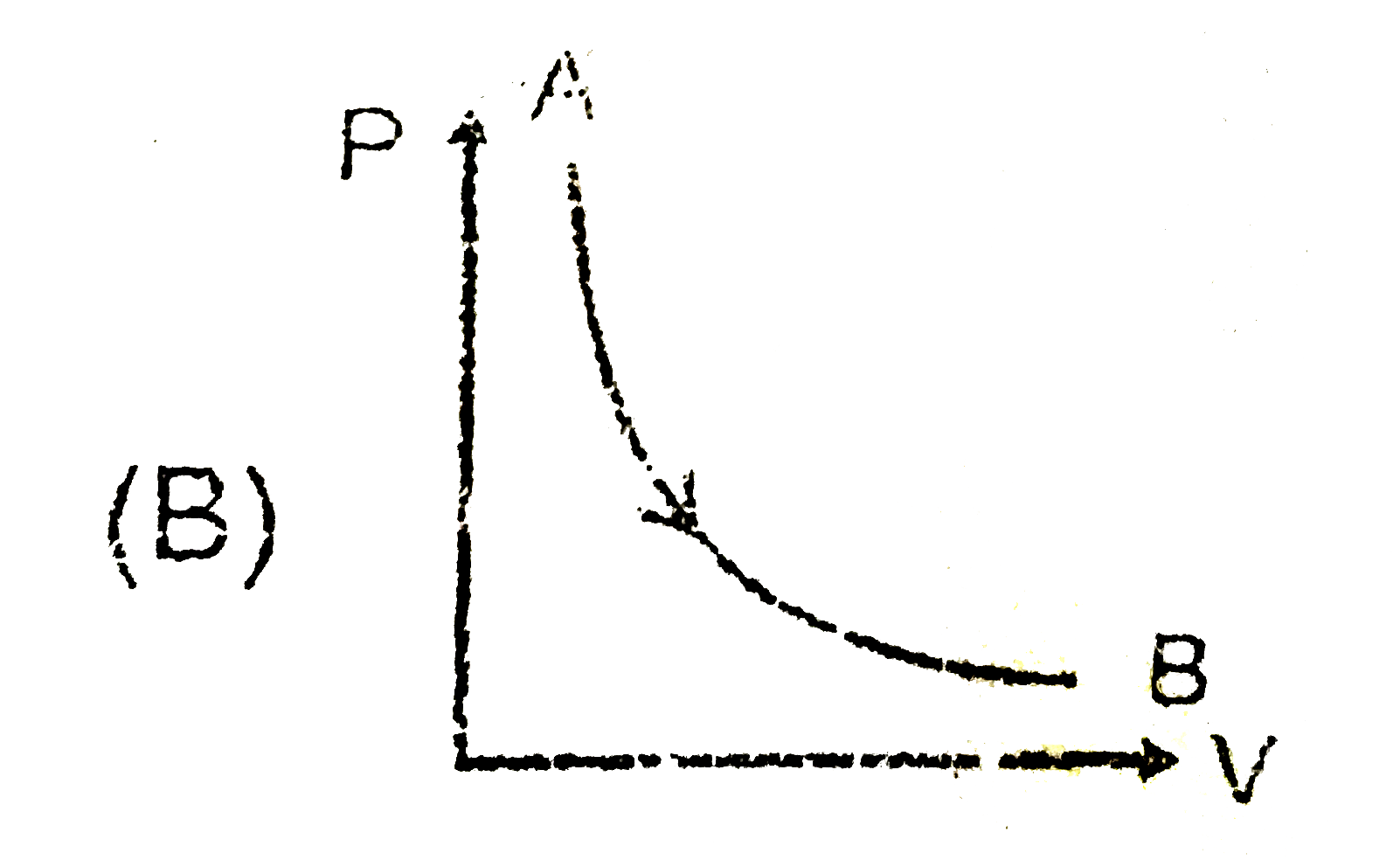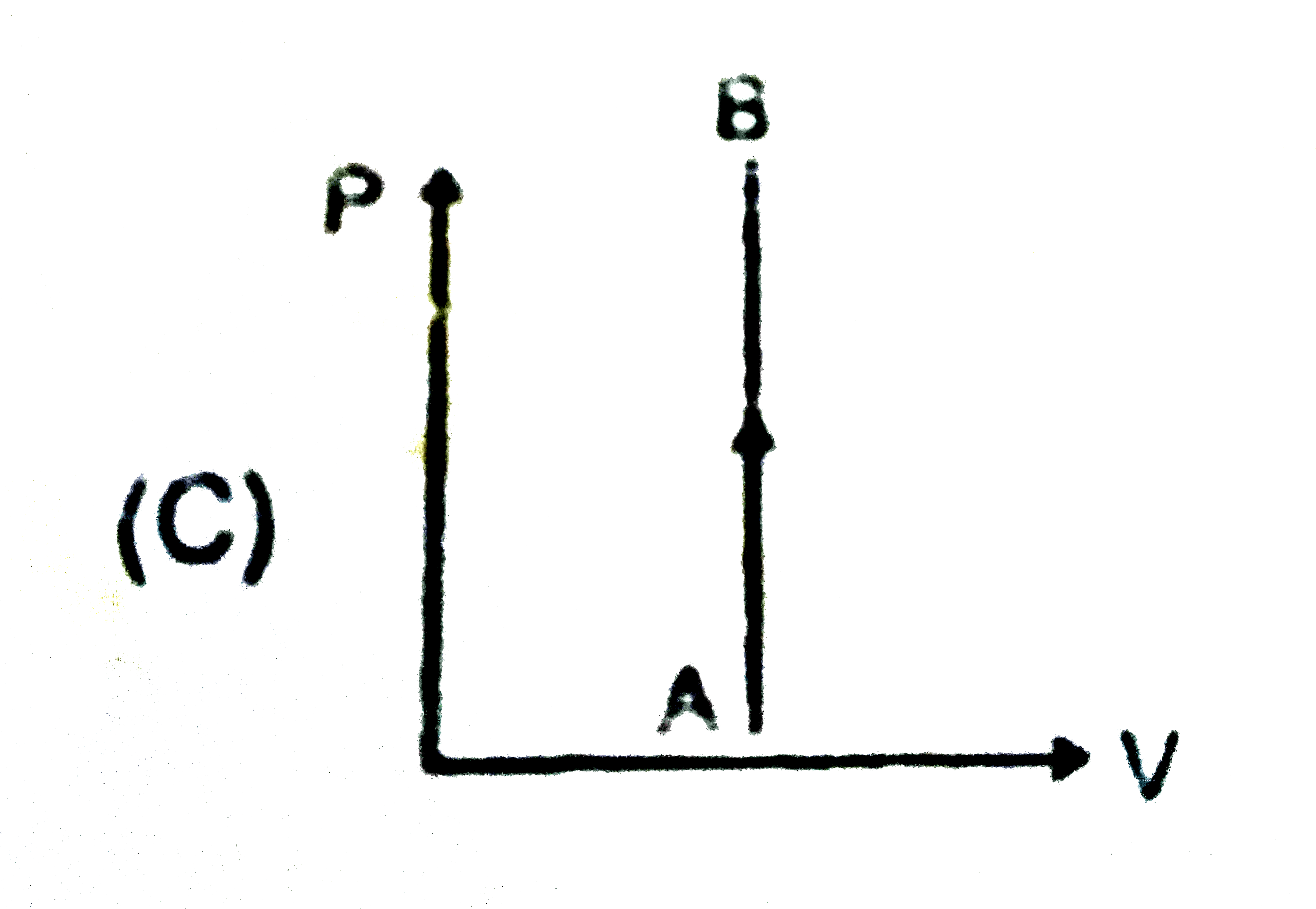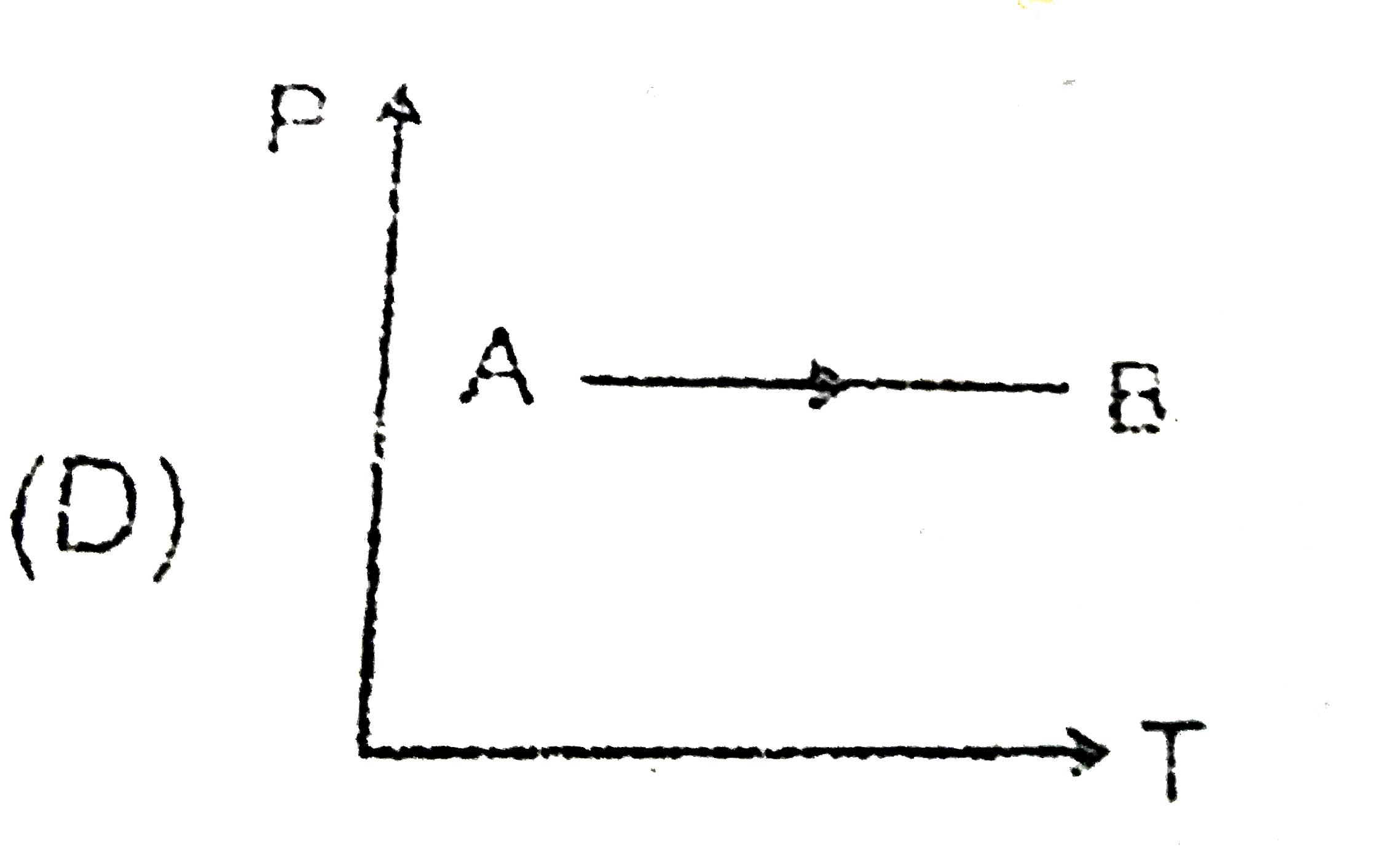Nitrogen (14.0 u) , phosphorus (31.0 u) and arsenic (74.9 u) have similar properties . Do the they form a Dobereiner 's triad ? Comment .
To determine whether nitrogen (N), phosphorus (P), and arsenic (As) form a Dobereiner's triad, we need to follow these steps:
Step 1: Understand Dobereiner's Triad
Dobereiner's triad is a concept in chemistry where three elements with similar properties are grouped together. The atomic mass of the middle element should be approximately equal to the arithmetic mean of the atomic masses of the other two elements.
Step 2: Identify the Atomic Masses
- Nitrogen (N) = 14.0 u
- Phosphorus (P) = 31.0 u
- Arsenic (As) = 74.9 u
Step 3: Calculate the Arithmetic Mean
To check if they form a triad, we need to calculate the arithmetic mean of the atomic masses of nitrogen and arsenic.
Arithmetic Mean = (Atomic mass of N + Atomic mass of As) / 2
= (14.0 u + 74.9 u) / 2
= 88.9 u / 2
= 44.45 u
Step 4: Compare with the Atomic Mass of Phosphorus
Now, we compare the calculated mean (44.45 u) with the atomic mass of phosphorus (31.0 u).
Step 5: Conclusion
Since the arithmetic mean (44.45 u) is not equal to the atomic mass of phosphorus (31.0 u), nitrogen, phosphorus, and arsenic do not form a Dobereiner's triad.
Final Answer
Nitrogen, phosphorus, and arsenic do not form a Dobereiner's triad because the atomic mass of phosphorus does not equal the arithmetic mean of the atomic masses of nitrogen and arsenic.
---
Dobereiner's triad is a concept in chemistry where three elements with similar properties are grouped together. The atomic mass of the middle element should be approximately equal to the arithmetic mean of the atomic masses of the other two elements.
- Nitrogen (N) = 14.0 u
- Phosphorus (P) = 31.0 u
- Arsenic (As) = 74.9 u
To check if they form a triad, we need to calculate the arithmetic mean of the atomic masses of nitrogen and arsenic.
= (14.0 u + 74.9 u) / 2
= 88.9 u / 2
= 44.45 u
Now, we compare the calculated mean (44.45 u) with the atomic mass of phosphorus (31.0 u).
Since the arithmetic mean (44.45 u) is not equal to the atomic mass of phosphorus (31.0 u), nitrogen, phosphorus, and arsenic do not form a Dobereiner's triad.
Nitrogen, phosphorus, and arsenic do not form a Dobereiner's triad because the atomic mass of phosphorus does not equal the arithmetic mean of the atomic masses of nitrogen and arsenic.
Topper's Solved these Questions
- BOOK - PRADEEPCHAPTER - CLASSIFICATION OF ELEMENTS AND PERIODICITY IN PROPERTIES EXERCISE - Additional Question (Short Answer Question )46videos
CLASSIFICATION OF ELEMENTS AND PERIODICITY IN PROPERTIES
- BOOK - PRADEEPCHAPTER - CLASSIFICATION OF ELEMENTS AND PERIODICITY IN PROPERTIES EXERCISE - Additional Question (Long Answer Question )4videos
CLASSIFICATION OF ELEMENTS AND PERIODICITY IN PROPERTIES
- BOOK - PRADEEPCHAPTER - CLASSIFICATION OF ELEMENTS AND PERIODICITY IN PROPERTIES EXERCISE - NCERT (EXEMPLAR PROBLEMS) (Long Answer Questions )6videos
CLASSIFICATION OF ELEMENTS AND PERIODICITY IN PROPERTIES
- BOOK - PRADEEPCHAPTER - CHEMICAL BONDING AND MOLECULAR STRUCTUREEXERCISE - Curiosity Questions2videos
CHEMICAL BONDING AND MOLECULAR STRUCTURE
- BOOK - PRADEEPCHAPTER - ENVIRONMENTAL CHEMISTRYEXERCISE - COMPETITION FOCUS (JEE(Main and Advanced)/Medical Entrance (VI.ASSERTION-REASON) Type II6videos
ENVIRONMENTAL CHEMISTRY
Similar Questions
Knowledge Check
- Question 1 - Select One
The process ΔU=0, for an ideal gas can be best represented in the form of a graph
A B
B C
C D
D
- Question 2 - Select One
A sample of hydrolysed potato starch is found to contain 0.086% phosphorus. If each molecule is assumed to contain one atom of phosphorus, the molecular mass of hydrolysed potato starch is (at. Mass of phosphorus = 31 u).
A8.6×103B3.6×104C8.6×104DNone of these
.15P32 is beta active and has a short half life of 14 days. The .16S12 nucleus produced is in ground state. On and average the emitted beta particles have 50% of the energy released in the reaction, remaining energy being carried by antineutrino. A liquid has small amount amount of P in it and it was found taht the liquid was receiving heat at a rate of about found that the liquid was receiving heat at a rate of about 10mW due to decay of P32. It is to be noted that antineutrino do not intereact with matter easily and it would be safe to assume that they escape out of the contaienr. Estimate the number of P32 atom in the liquid. Relavent masses are
P32:31.9740uS32:31.9720ue:0.0005u
1day=86400s1u=931MeVc2View SolutionThe table shows the melting points and boiling points of six elements P, Q, R, S, T and U. These elements represent consecutive members of periods 3 and 4 of the periodic table.

0.2 mol of the chloride of element U reacts with excess of silver nitrate to form 57.4 g of silver chloride. The formula of chloride is (Given : Atomic mass of N = 14 u, O = 16 u, CI = 35.5 u, Ag = 108 u)View SolutionWhen some object is kept at a distances u1andu2 from the concave mirror then size of images are found to be same. If magnitude of focal length can be written as (u1+u2)/n, then what will be the value of n ?
|0123456789|View SolutionA particle of unit mass is moving along the x-axis under the influence of a force and its total energy is conserved. Four possible forms of the potential energy of the particle are given in column-I (a and U0 are constants). Match the potential energies in column-I to the corresponding statement(s) in column-II.
(A)U1(x)=U02[1−(xa)2]2(P)the force acting on the particle is zero at x = a.(B)U2(x)=U02(xa)2(Q)the force acting on the particle is zero at x = 0.(C)U2(x)=U02(xa)2exp[−(xa)](R)the force acting on the particle is zero at x = 0.(D)U4(x)=U02[xa−13(xa)3](S)The particle experiences an attractive force towards x = 0 in the region | x | < a(T)The particle with total energyU04 can oscillate about the pointx=−a.View SolutionA particle of mass mis located in a spherically symmetrical potential well U(r)=0 for r<r0 and U(r)=U0 for r>r0.
(a) By means of the substitution Ψ(r)=ξ(r)/r find the equation defining the proper values of energy E of the particle for E<U0, when its motion is described by a wave function Ψ(r) depending only on r. Reduce that equation to the form
sinkr0±kr0√ħ2/2mr20U0,wherek=√2mE/ħ
(b) Calculate the value of the quantity r20U0 at which the first level appears.View SolutionThe uranium ore mined today contains only 0.72% of fissionable 235U, too little to make reactor fuel for thermal-neutron fission. For this reason, the mined ore must be enriched with 235U. Both 235U(T1/2=7.0×10%y) and 235U(T1/2=4.5×109y) are radioactive. How far back in time would natural uranium ore have been a practical reactor fuel, with a 235U/235U ratio of 3.0%?
View Solution

